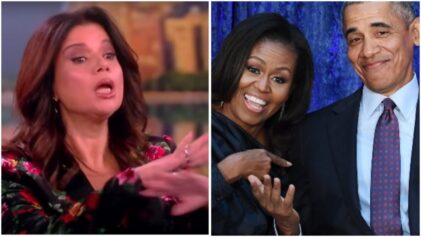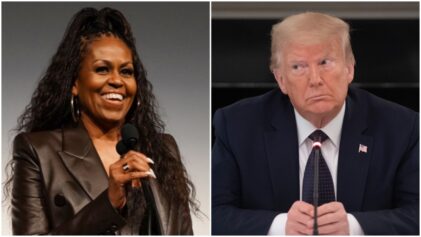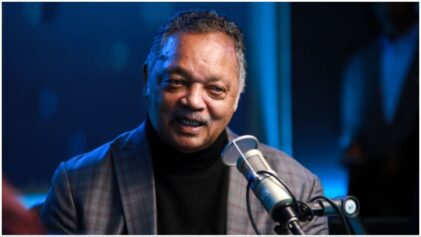
This position came to light Thursday night, when Sharpton came in from New York and held what was called an “invitation only” meeting with community leaders that excluded the community.
Rather, Sharpton met at New Shiloh Baptist Church with the presidents of the NAACP and the National Urban League and Baltimore mayor Stephanie Williams-Blake at what was billed as a summit to “support the city of Baltimore” and “improve community-police relations.”
That Sharpton could come into their city and keep the youth out of an important meeting tipped the scales from tact and diplomacy to frustration and disregard.
“I wanted to give my voice,” Shamar Gordon, 17, said to the New York Post after being blocked from the summit at the New Shiloh.
He was among a dozen youths and other residents who were refused entry at the church.
“Reverend Sharpton?” Gordon said, according to The Post. “Al Sharpton (needs) to roll out!”
After a tense hallway discussion, leaders let the group in and a community representative spoke at the end.
But the point was made by Gordon: Younger people, teenagers, want a voice in the aftermath of still another death of a Black man with police involvement. Freddie Gray’s death, suspicious until today, when it was announced it has been ruled a homicide and the officers involved have been charged, has served as a galvanizing force for those not yet 20 who have tired of the customary response by African-American leaders after such a tragedy.
These kids in Baltimore want their anger to be heard and felt. Praying for peace and demanding justice, to them, is a played-out tactic from a bygone era. They would rather yell and break things to truly express the outrage and pain, fear and frustration with these all-too-frequent cases of Black lives taken at the hands of law enforcement.
Sharpton’s and Jackson’s fly-into-town, make-a-speech-and-leave routine does not work for the youth. It’s invasive; Baltimore is their community. Flying in like a hero to save the day offends, especially when calling for discussion about the situation that excludes the community and people most affected. It’s ineffective: Black men continue to get killed while, in most cases, the police officers never even face trial.
The debate will rage forever over the justification of the teenagers and some young people in their early 20s—donning bandanas and masks—ransacking the Baltimore streets the night of Gray’s funeral.
Calling them “thugs and criminals” as President Obama and Mayor Williams-Blake and many others did could be viewed as an unfair characterization. To an outsider, judging from a distance and with the perspective of age, harsh assessment might be the call.
But for these kids, their actions, however controversial, spoke to their pain and fear. They feel disenfranchised and targeted. They feel hopeless. But they care. And good, bad or indifferent, the standard leadership of the old guard just won’t do for them.


